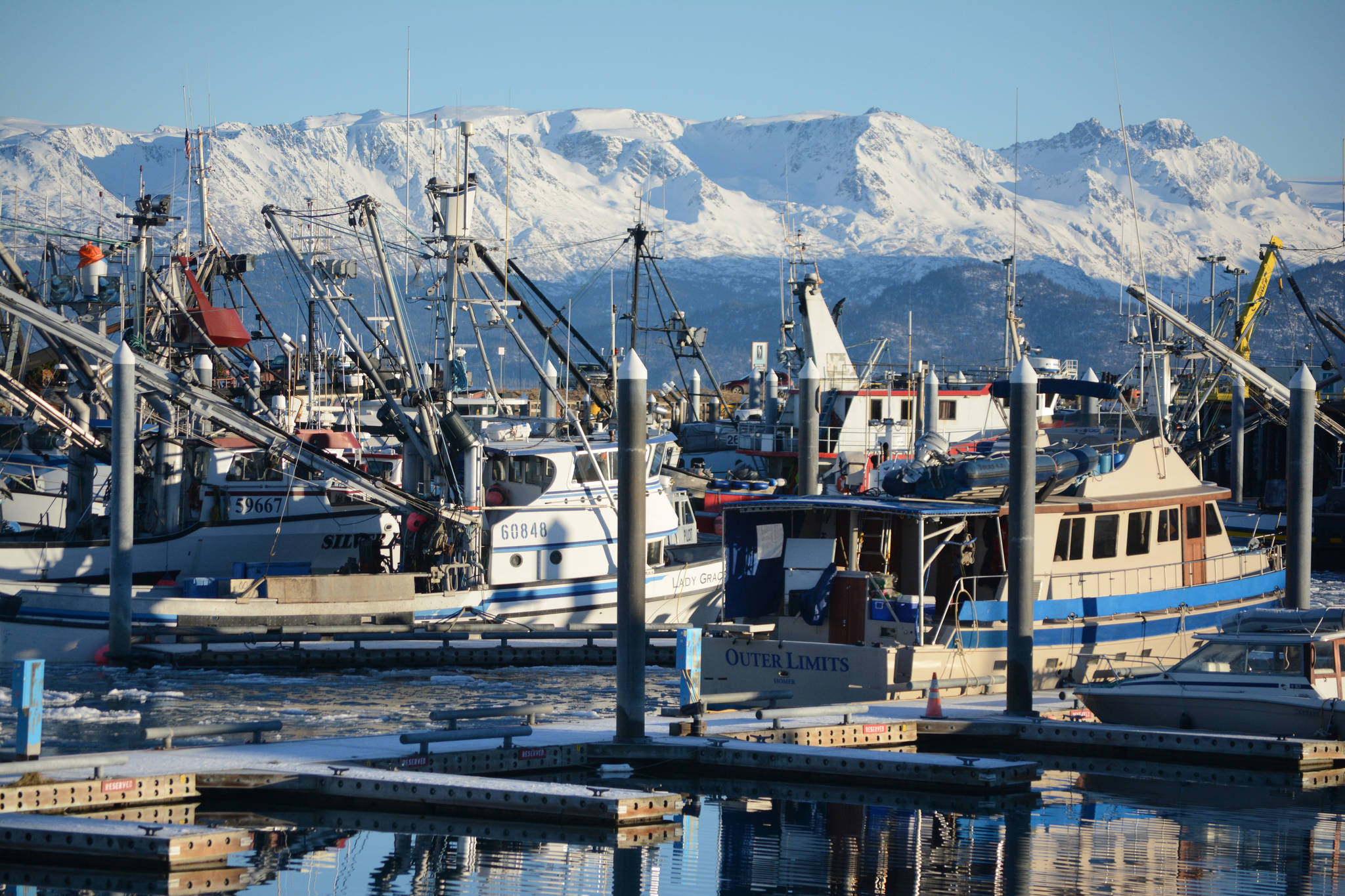It is pretty much old news that 2020 was not a great year for salmon in Alaska. Catches were down, prices took a hit due to the pandemic and fish didn’t do what they were supposed to as climate change reared its ugly head.
This year is looking better, largely due to an expected influx of pink salmon.
The Alaska Department of Fish and Game is expecting a 61% increase in salmon catches this year statewide, good news mostly for seiners who harvest the bulk of pinks.
The 2021 total commercial salmon harvest of all species is projected to come in at 190.1 million fish, including 269,000 Chinooks, 46.6 million sockeye, 3.8 million coho, 15.3 million chums, and 124.2 million pinks.
That compares with a total harvest in 2020 of 118.3 million fish, about 14.4 million fewer than the preseason forecast.
The 2021 numbers reflect an anticipated increase of all species, including about double the number of pinks, but notably also includes 1.4 million more coho and 6.7 million more chums, which are frequently marketed as Keta salmon. The sockeye harvest is only expected to gain about 203,000 fish.
ADF&G notes that there is a great deal of uncertainty in predicting pink salmon returns.
Uncertainty dwells in any fishery forecast, but managers in Bristol Bay have been considerably underestimating the sockeye run size for a few years now, and has had six consecutive years of runs greater than 50 million fish.
In 2018 the largest run on record going back to 1893 showed up, 62.3 million strong, 21% larger than forecast. Last season the forecast for sockeye was 46.6 million fish, and more than 58 million showed up.
This year the forecast is for a run of just over 51 million sockeye, which would make for a harvest of almost 37.8 million.
In an interview with the Alaska Journal of Commerce, ADF&G Bristol Bay Area Research Biologist Greg Buck said that the chronic underestimating of the runs led to a more robust forecast this year.
“If we have had any trend over the past 10 years or so we’ve been kind of conservative with the forecast so I kind of took the governor off this year and said ‘go for it,’” Buck said.
As for why the Bristol Bay sockeye fishery has performed exceptionally well in recent years when many other salmon stocks across Alaska and down the West Coast are struggling, he said the possibility that a warmer Bering Sea is more productive continues to be a popular theory but acknowledged that is little more than an educated guess at this point.
Cristy Fry can be reached at realist468@gmail.com



